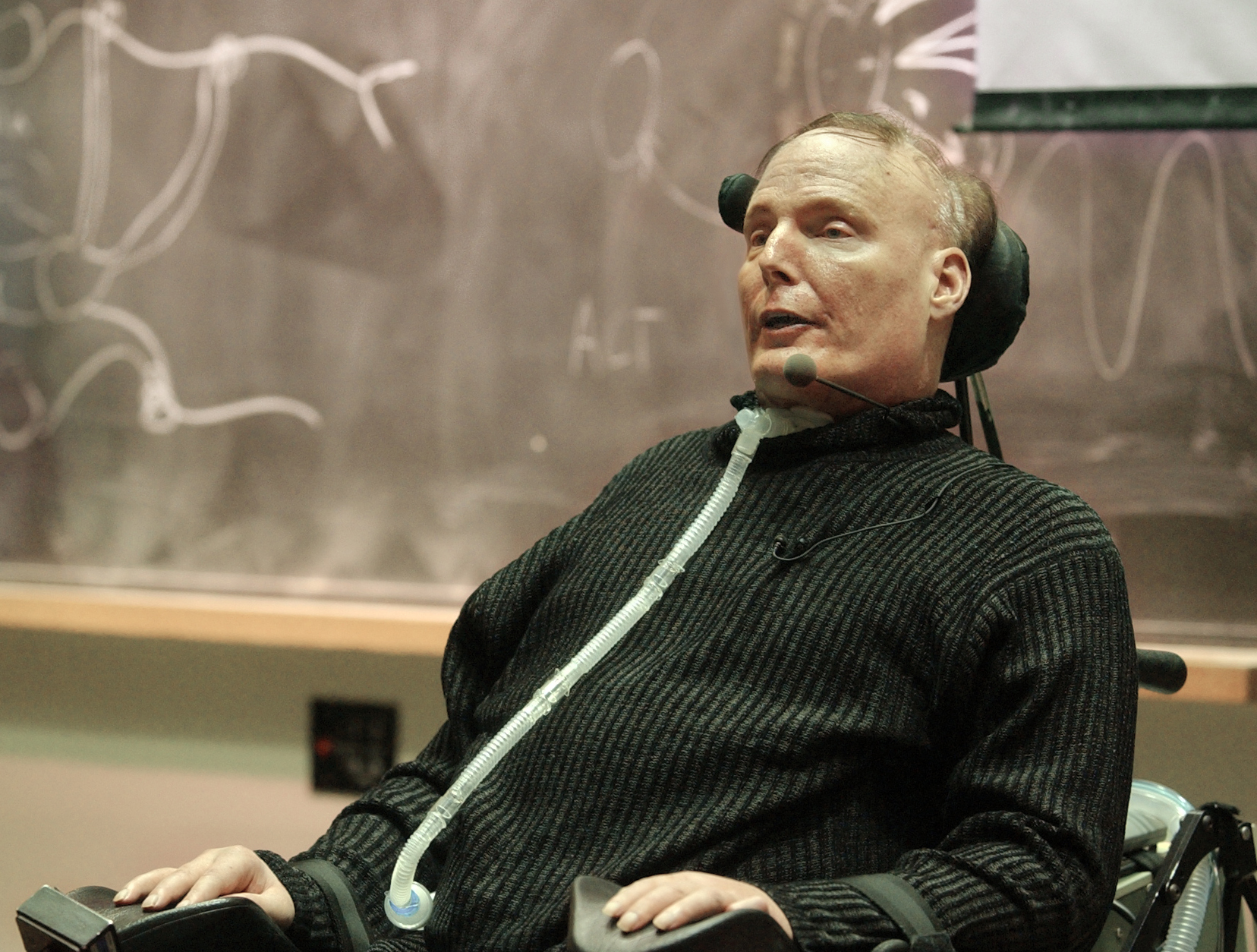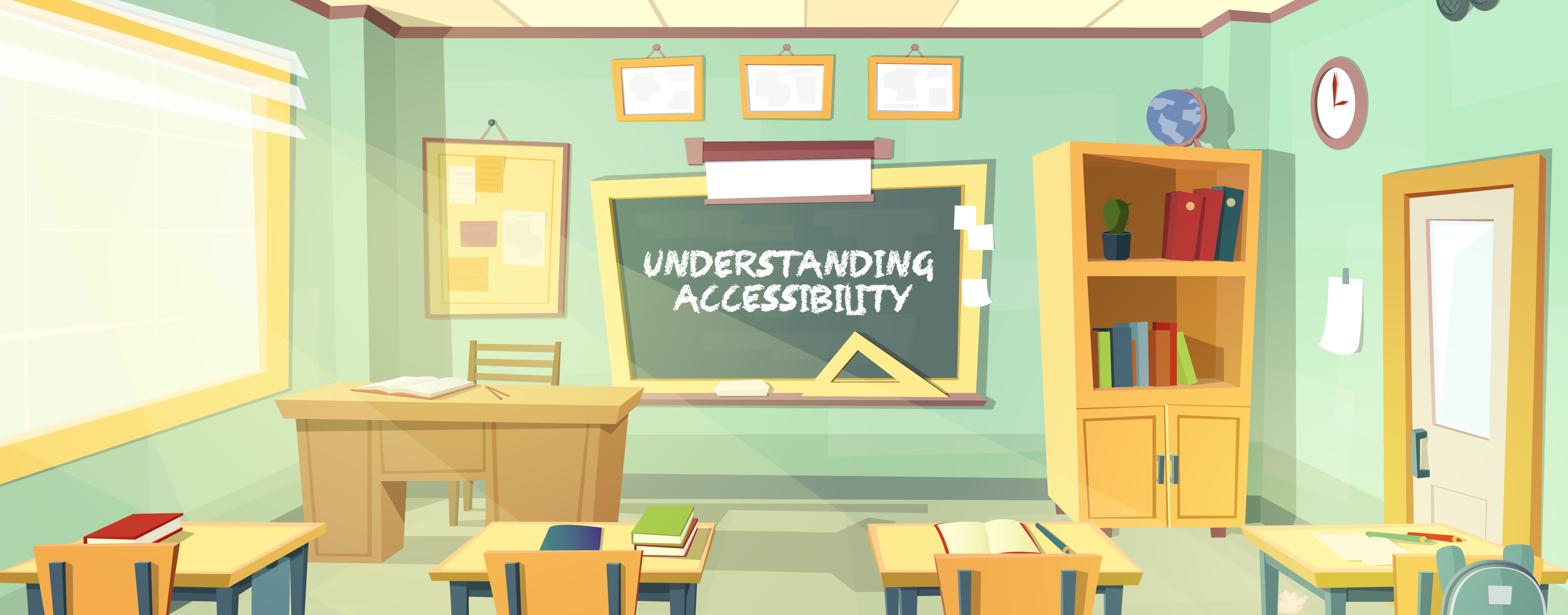Instructions
Talk to students about why people might have a disability: they may be born with a disability, or may acquire it from an accident, disease or old age. If a student has a family member, friend, or neighbor with a disability, allow him or her to share with the class.
Next, discuss how many people with disabilities may need equipment or accommodations in order to function in daily life. Ask students for ideas of what these items may be - wheelchairs, glasses, sign language interpreters, or wider aisles so that wheelchairs can go down them. Lead this into a conversation about what would happen if these accommodations were not available. For example, in a fast food restaurant that only had touch screen ordering, how would a person with a vision impairment be able to order food?
Introduce the concept of the Universal Access Symbol, what it means and how it is used. Explain that accommodations for people with disabilities allow them to have the same access and independence that people without disabilities have. Even though the symbol is of a person in a wheelchair, it actually means accessibility for people with a range of disabilities.
Finally, tell the students that they are going to do an accessibility scavenger hunt. Pass out a list of items that they must find, either in the school or around a pre-determined area near the school, on an accessibility checklist. Include yardsticks so that students can measure items to determine if hallways and public bathroom stalls are the appropriate width, for example. Students can get bonus points for each Universal Access Symbol sign that they find.
Items to include on the accessibility checklist may include: restrooms large enough for wheelchairs, grab bars on the walls of restrooms, accessible parking spaces near entrances and exits, elevators have braille next to each button and an auditory reminder for each floor, and doorways and hallways that are wide enough for wheelchairs.
Have students reconvene in the classroom to discuss their findings. Do they think that it would be a challenge to navigate their community with a disability?


